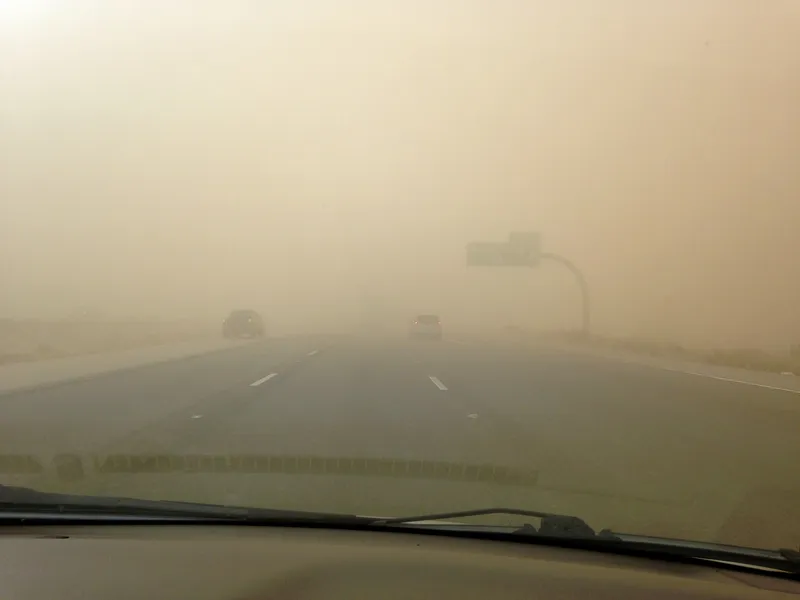Meteorological equipment supplier
The RWS-20 has a measurement range of 10m to 7.5km and is designed for use where fog, rain, spray and snow can create dangerous driving conditions. The optical windows and sensor hoods contain heating and both optical windows feature lens contamination monitoring and the visibility output is constantly compensated to maintain accuracy.
Options features include relays to directly connect to roadside signage and other control systems, allowing intelligent communication and operation of local warning signs.
Biral launches new road weather sensor
Meteorological equipment supplier Biral’s new road weather sensor, the RWS-20 is said to provide reliable visibility measurement data in road applications. The sensor has been developed to withstand the harsh road-side environments and manufactured to allow easy integration with other road weather information systems.
March 21, 2017
Read time: 1 min










